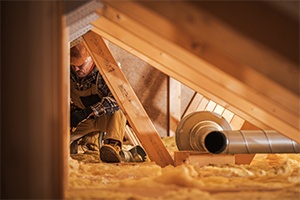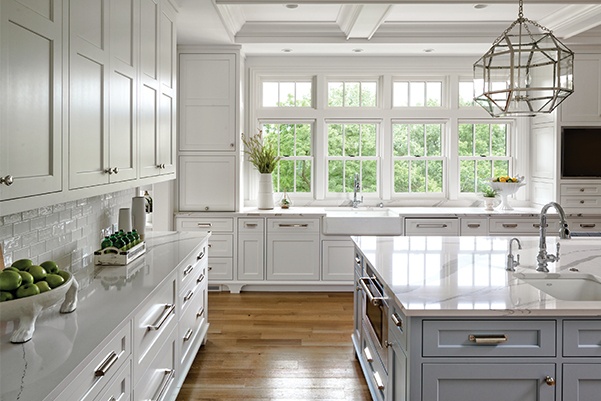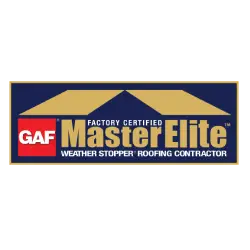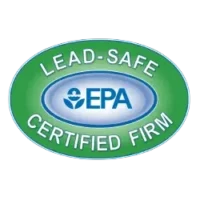When should you start to consider a whole home roof replacement in Nassau and Suffolk Counties?
Your roof is the first line of defense against the seasonal Long Island elements. However, like all things, roofs have a finite lifespan and knowing when to replace your roof is important for maintaining the integrity of your home and avoiding costly repairs down the road.
To help understand more about the process, our roofing experts at Total Home Construction created this blog to explore four key signs that it might be time to replace your roof. With over 36 years of experience and multiple training roofing installation certifications in Nassau County and Suffolk County, Total Home Construction is here to guide you along the way. We’ve seen it all, especially how the changing Long Island seasons can wear down any roofing material and cause inevitable issues down the line.acts
Age of the Roof: The Clock is Ticking
One of the most straightforward indicators that it may be time to replace your roof is its age. Different roofing materials have different lifespans, and understanding the expected longevity of your roof can provide insights into when it might need to be replaced.
Asphalt Shingles
The most common roofing material in North America, asphalt shingles typically last between 20 to 30 years. However, higher-quality architectural shingles can extend this lifespan to 40 years or more.
Slate and Tile Roofing
These premium materials can last over 80 years, making them one of the longest-lasting roofing options available. However, they are more costly and require a strong structural foundation due to their weight.
Wood Shakes and Shingles
Wood roofs, particularly those made from cedar, generally last between 30 to 40 years, though this can vary based on maintenance and climate conditions.
If your roof is approaching the end of its expected lifespan, it’s smart to start considering a replacement, even if it’s not currently showing significant signs of damage. Proactively replacing an aging roof with premium brands like GAF Roofing or Owens Corning, can prevent more severe issues down the line. If you are unsure on the overall condition of your roof, contact us today for a no obligation roof assessment.
Curling or Buckling
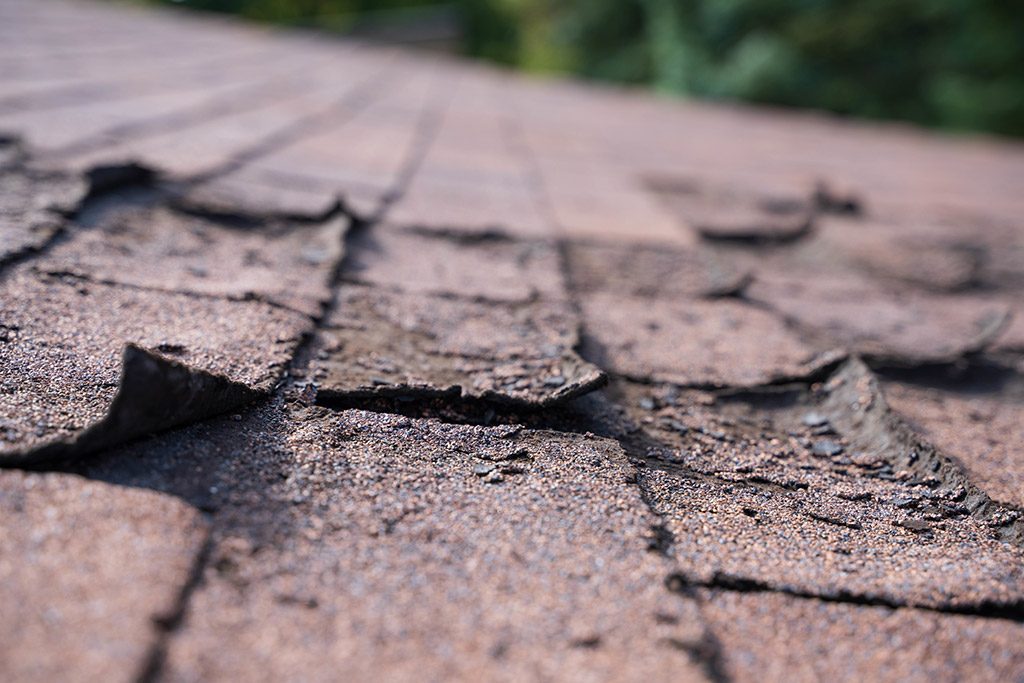
An aging roof often exhibits specific signs that indicate it’s nearing the end of its lifespan. Shingles that are curling or buckling are a clear sign of age-related wear and tear. This can lead to further damage if not addressed in a timely fashion.
Asphalt shingles are coated with tiny granules that protect them from UV rays and weathering. If you notice bald spots where the granules have worn off, it’s a sign that the shingles are deteriorating. Cracks in shingles are another sign of aging, especially in areas with harsh changing weather conditions.
2. Water Damage and Leaks
Cracked shingles can also allow water to seep into the roof structure, leading to leaks and further damage. Water damage is one of the most serious issues that can affect a roof.
Even a small leak, if left unaddressed, can lead to significant structural damage, mold growth, and other costly problems. Identifying water damage early and addressing it in a timely fashion can save you from expensive repairs and the need for a complete roof replacement.
Water Stains on Your Ceilings or Walls
One of the most apparent signs of a roof leak is water stains on your ceilings or walls. These stains are often brown or yellow and may grow larger over time if the leak isn’t addressed. You may notice water dripping from the ceiling during or after a rainstorm, it’s a clear indication of a leak. This can be caused by damaged shingles, flashing, or other roofing failures.
Mold or Mildew Growth
Mold or mildew growth inside your home, particularly in the attic or near the ceiling, can be a sign of a roof leak. Mold thrives in damp environments, and a leaky roof provides the perfect conditions for it to grow.
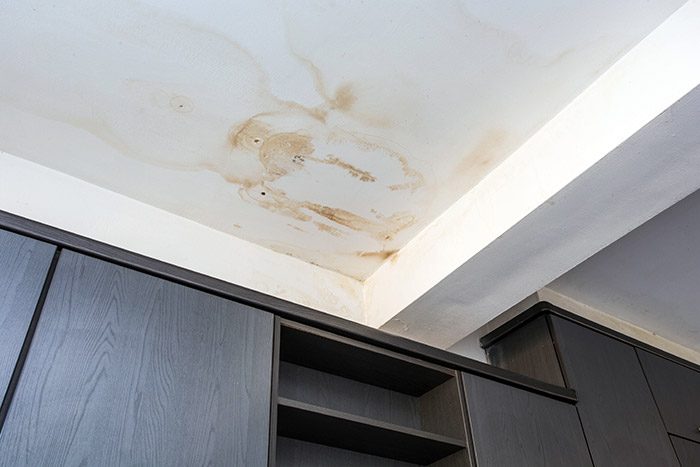
Prolonged Exposure to Water
Prolonged exposure to water can weaken the structural integrity of your home, leading to rotting wood, damaged insulation, and compromised ceilings and walls.
Mold can pose health risks to your family, particularly for those with allergies or respiratory issues. It can also be challenging and costly to remove once it takes hold.
The longer a leak goes unaddressed, the more extensive the damage becomes, leading to higher repair costs and the potential need for a full roof replacement.
If you’re experiencing water damage or leaks, it’s necessary to have your roof inspected by a professional as soon as possible. In some cases, localized repairs may be sufficient, but if the damage is widespread or the roof is old, a replacement roof may be the best solution.
3. Sagging Roof: A Sign of Serious Structural Issues
Larger issue like a sagging roof is one of the most alarming signs that your roof may need to be replaced. A sagging roof is typically a sign of structural damage, which can be caused by several factors, including water damage, snow load, or the natural settling of the home’s foundation. Whatever the cause, a sagging roof should never be ignored.
Heavy Snow or Ice Build Up
Heavy snow or ice build up can put a significant amount of stress on a roof, causing it to sag. This is common in areas like Long Island that experience heavy snowfall and in homes with flat or low-pitched roofs.
A roof that was not properly constructed may not have the necessary support to handle its weight, leading to sagging over time. The most obvious sign is a visible dip or sag in the roofline. This can be seen from the outside and may also be noticeable in the attic.
Inside the attic, look for rafters or beams that appear bent, bowed, or cracked. These are easy signs that the roof’s structure is under stress and may be failing. A sagging roof can also lead to damage inside the home, such as cracked walls or ceilings, as the weight of the roof shifts and puts pressure on the home’s framework.
Sagging Roof
If your roof is sagging, it’s important to contact a roofing professional immediately. Depending on the extent of the damage, repairs may be possible, but in many cases, a full roof replacement might be necessary to restore the home’s structural integrity and safety.
4. High Energy Bills: The Hidden Cost of an Aging Roof
Rising energy bills can be caused by a variety of factors and an aging or damaged roof can be a significant contributor. Your roof is a barrier to your home’s energy efficiency, and when it’s not performing, it can lead to increased heating and cooling costs.
A well-maintained roof helps to keep your home properly insulated. If your roof is damaged or has poor ventilation, it can cause heat to escape during the winter and allow hot air to enter during the summer, making your HVAC system work harder.
Proper Roof Ventilation
Proper roof ventilation is key for regulating temperature and moisture levels in your attic. Poor ventilation can lead to heat buildup in the attic, increasing cooling costs, and can cause condensation, leading to mold growth and other issues.
Modern roofing materials often include coatings or cool roof technologies designed to reflect more sunlight and absorb less heat. If your roof is old and doesn’t have these features, your home may be absorbing more heat than necessary, driving up cooling costs.
If you’ve noticed a significant increase in your energy bills, especially during extreme weather conditions, it may be due to a failing roof.
If certain rooms in your home are consistently hotter or colder than others, it could also be a sign that your roof is not adequately insulating your home.
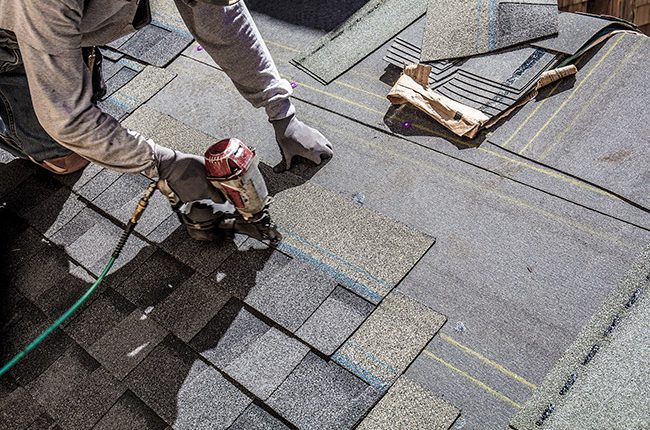
Drafts and Hot Spots
Drafts in the winter or hot spots in the summer can indicate that your roof is allowing outside air to enter your home, reducing overall energy efficiency.
Replacing an old or damaged roof with a new, energy-efficient one can result in significant savings on your energy bills.
Many modern roofing materials are designed to enhance energy efficiency, making your home more comfortable and cost-effective to maintain.
For over 36 years, Total Home Construction has been the premier roofing and home improvement company servicing Long Island’s Nassau and Suffolk Counties. Offering homeowners one stop access to premium building materials and services for roofing, siding, windows, doors, kitchens, bath and lower levels.
Financing options are also available to those who qualify and seek options to manage and maintain the project budget. Contact us today for more information or to speak with one of our staff members for more information.
Recent Post
The Ultimate Guide To Winterizing Your Home
The unprepared homeowner can face many problems throughout the winter. Winterizing your home will help you avoid damage…
Kitchen Remodeling Tips
Kitchen Remodeling Long Island Our kitchen remodeling tips will help you understand why you should consider remodeling. Read…

